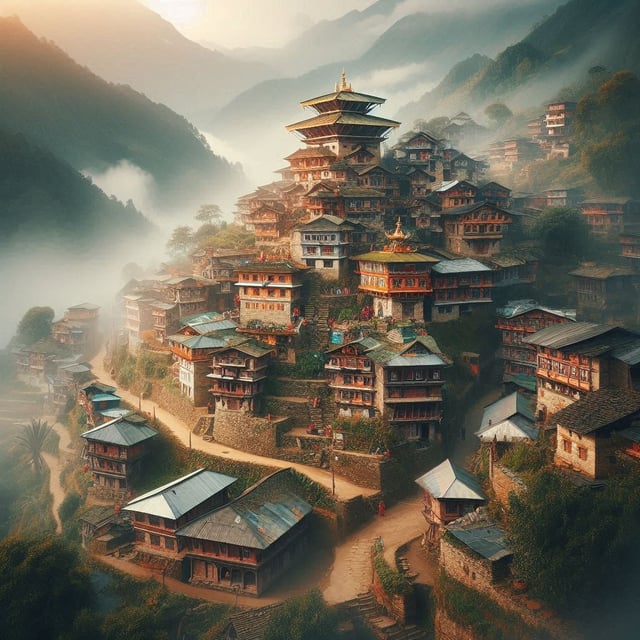The Filming of Yarsa

Shooting an altitude of 4000-5000m at the foot of the magnificent Himalayan in finding the Himalayan Viagra. A fungus whose literature translation means a summer grass and in winter worm- a story that has attracted countless Nepali and International Film Makers.
What is the backstory of this famous Chinese medicine?
Yarsa now valued its weight in gold was not always expensive.
In the 1980s Yarsa Gumba was traded for cigarettes, noodles, and other goods. The market of Yarsa Gumba skyrocketed in the 1993 World Championships in Athletics when the Chinese female distance runners later it was announced his athletes had been fed soup of Yarsa Gumba and turtle blood.
After it became legal in 2001 by 2011 the local market of Yarsagumba spiked 2300%. In Nepal a small specimen charge NRs.200 and medium NRs.300 a large costs NRs.500.
In 2012, it cost around 300 rupees in Nepal and would sell three times more in Tibet. The value of Yartsa Gumba increased by 900% between 1997-2008. 500 gm of Yarsa Gumba sell for up to $13,000 in Lhasa and $26,000 in Shanghai while harvesters only make $283.
There are so many stories surrounding the hardship around acute mountain sickness, steep cliffs slippery snowfields, and swollen rivers. There are more stories that can add pain and thrill and is not just limited to the Hunt of Yarsa.
Yarsa have brought great fortune to many but it has also brought conditions similar to opium-producing regions like Afghanistan.
In 2009, 7 Yarsa pickers from Gorkha were killed by locals in Manang. There are many dark stories that is linked to the Himalayan fungus but are still not well covered and documented.
In Manang Gumba, Kathmandu, they explained that Yarsa Gumba is well protected by the communities, each community holds the right to the Yarsa Gumba to the mountain their village is close to while outsiders will have to pay the entrance fee.
13 Gorkhali men were involved in using informal routes to collect Yarsa Gumba. As they used illegal routes to collect Yarsa Gumba- the locals caught them and started to beat them- one of them died but as they had conducted murder, they decided to kill all others to destroy evidence, in fear last three jumped off the cliff and died.
In another case, the outsiders that came for illegal hunting of Yarsa killed the father of Krishna Lama who came to his home in Nar on holidays and as a retaliatory action, they killed the hunters. In the end, this ruined his life, and was sentenced to prison.
In 2019, 70 highlands were officially opened and around 20,000 pickers including 8,000 locals went up to collect Yarsagumba and may seem like a story where there is wealth that continues to grow. However, there is one more angle of the story that can be explored by filmmakers.
Yarsa has started leading to low yield in the Api Himal area and other highlands as there has been overcrowding and overharvesting. The Yarsa Gumba can go extinct if Government continues to permit a large number of pickers to go to the highlands while people without the permit also join them.
Bishan Singh Budhathoki of Api Himal Rural Municipality-6 earned around Rs.150,000 from Yarsa Gumba sale in 2021 and in 2022 he could not even cross Rs.50,000.
In 2020, the fungus has already been categorized on the Red List as ‘vulnerable’ by the International Union for Nature Conservation.
The villagers in Mugumkarmarong Rural Municipality produce only produce Uwa (a barley species) and the total food production is barely enough to last three months- therefore villagers heavily depend on Yarsa yield from the highlands.
Now, with the changing climate that doesn’t suite Yarsa Gumba production and a culture of lavish lifestyle, it will be another story on how the locals will be able to cope with the changing reality.
A story that can be a documentary or even a baseline for a fictional film.
Author
Kripendra Amatya
Editor
Dana Moyal Kolevzon, Director of International Relations, Nepa~laya Productions
Published Date
September 20, 2024



